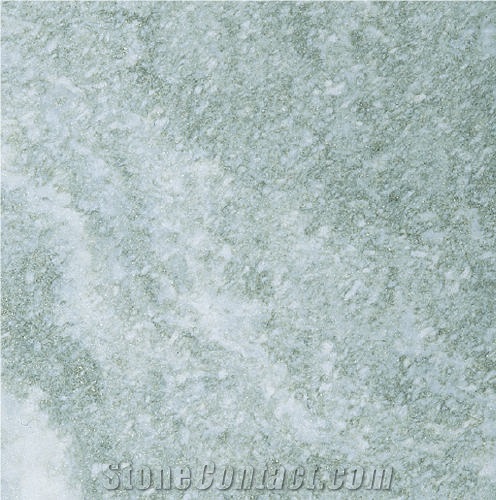Can Italy's Prali Cipollino Marble be used exterior applications in very windy climates?
Prali Cipollino Marble is a type of marble that originates from Italy and is known for its unique green and white veining. While marble is generally suitable for exterior applications, its usage in very windy climates may require some considerations.
Marble, including Prali Cipollino Marble, is a natural stone and is generally durable. It can withstand various weather conditions, including wind, rain, and snow. However, the suitability of marble for exterior applications in very windy climates depends on a few factors:
1. Porosity: Marble is slightly porous, which means it can absorb moisture. In very windy climates with heavy rain or snowfall, the marble may absorb this moisture, leading to stains or discoloration. To prevent this, a high-quality sealant should be applied to the marble to enhance its resistance against moisture penetration.
2. Wind-blown debris: In areas with strong winds, there might be a greater chance of wind-blown debris, such as sand, dust, or small rocks, impacting the marble surface. These can cause scratches or damage over time. Regular cleaning and maintenance are necessary to prevent accumulation of debris and to minimize any potential damage.
3. Wind pattern: The specific wind pattern and strength in the location should be considered. If the wind consistently blows in one direction with significant force, it may have a greater impact on the marble. In such cases, the installation should be done with extra care, ensuring proper anchoring and support to withstand the winds force.
4. Freeze-thaw cycles: In regions with very windy climates and freeze-thaw cycles, the marble may be subjected to repeated moist and freezing conditions. This can cause cracks or other damage to the stone over time. A proper installation technique, including the use of a good-quality adhesive and appropriate expansion joints, can help minimize the risk of damage.
In conclusion, while Prali Cipollino Marble can be used for exterior applications in very windy climates, it is important to consider the factors mentioned above and take appropriate measures to ensure its longevity and durability. Consulting with a professional stone supplier or installer who has experience in such climates can provide further guidance on the suitability and maintenance of the marble in your specific location.
Prali Cipollino Marble is a type of marble that originates from Italy and is known for its unique green and white veining. While marble is generally suitable for exterior applications, its usage in very windy climates may require some considerations.
Marble, including Prali Cipollino Marble, is a natural stone and is generally durable. It can withstand various weather conditions, including wind, rain, and snow. However, the suitability of marble for exterior applications in very windy climates depends on a few factors:
1. Porosity: Marble is slightly porous, which means it can absorb moisture. In very windy climates with heavy rain or snowfall, the marble may absorb this moisture, leading to stains or discoloration. To prevent this, a high-quality sealant should be applied to the marble to enhance its resistance against moisture penetration.
2. Wind-blown debris: In areas with strong winds, there might be a greater chance of wind-blown debris, such as sand, dust, or small rocks, impacting the marble surface. These can cause scratches or damage over time. Regular cleaning and maintenance are necessary to prevent accumulation of debris and to minimize any potential damage.
3. Wind pattern: The specific wind pattern and strength in the location should be considered. If the wind consistently blows in one direction with significant force, it may have a greater impact on the marble. In such cases, the installation should be done with extra care, ensuring proper anchoring and support to withstand the winds force.
4. Freeze-thaw cycles: In regions with very windy climates and freeze-thaw cycles, the marble may be subjected to repeated moist and freezing conditions. This can cause cracks or other damage to the stone over time. A proper installation technique, including the use of a good-quality adhesive and appropriate expansion joints, can help minimize the risk of damage.
In conclusion, while Prali Cipollino Marble can be used for exterior applications in very windy climates, it is important to consider the factors mentioned above and take appropriate measures to ensure its longevity and durability. Consulting with a professional stone supplier or installer who has experience in such climates can provide further guidance on the suitability and maintenance of the marble in your specific location.
 Italy
(Val Germanasca, Prali, Provincia di Torino, Piemonte )
Italy
(Val Germanasca, Prali, Provincia di Torino, Piemonte )















